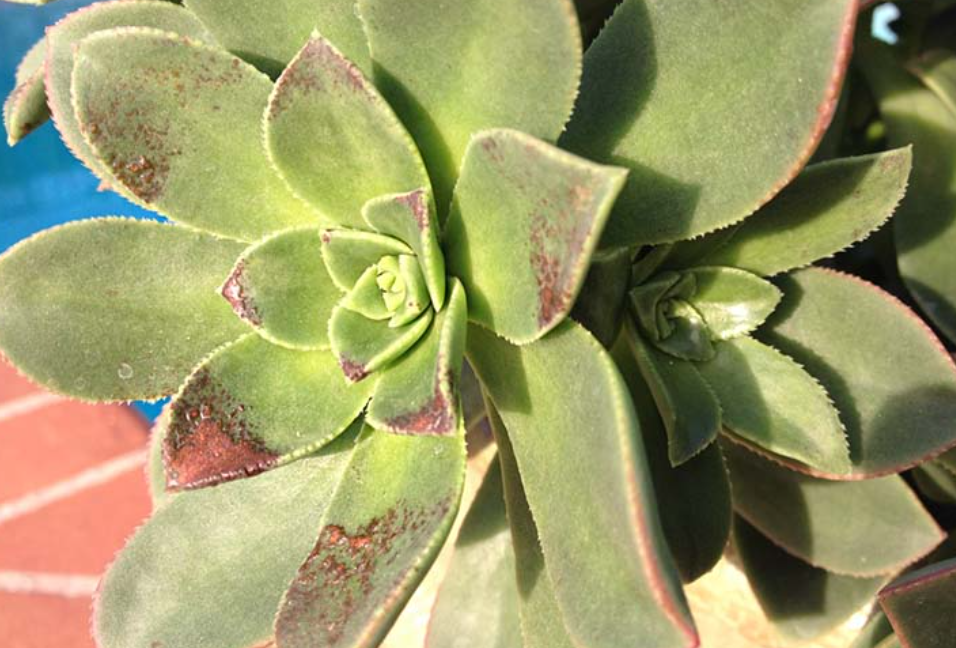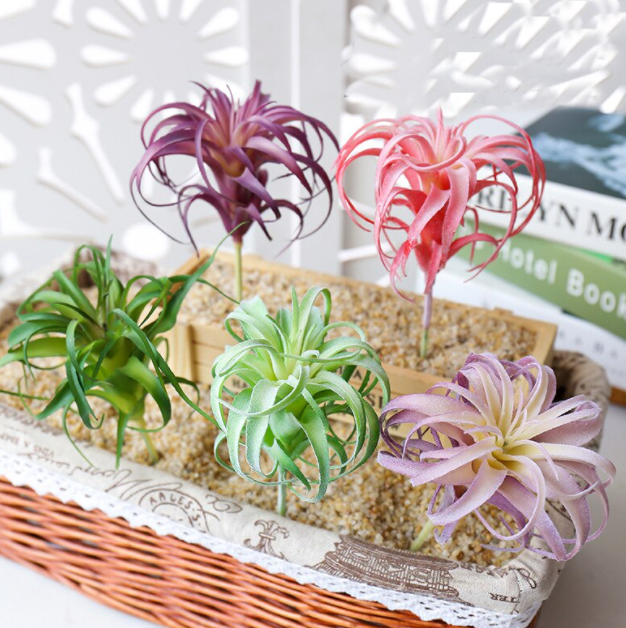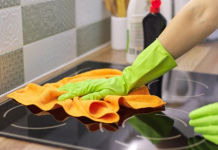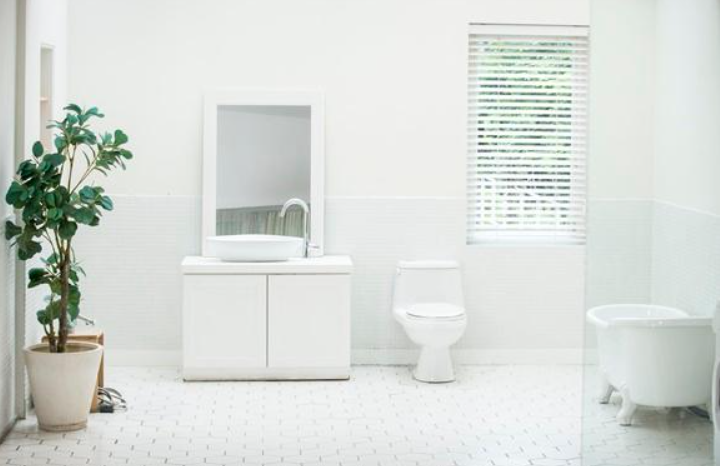Succulents
Succulents with their attractive appearance will be a great addition to your garden. This drought-tolerant plant usually grows without much care, but it must be very specific for healthy succulent growth.
Dreaming of decorating your windowsill with fresh flowers, but afraid of harming them with improper care?
Today it’s the turn of a popular plant, or rather the whole family – succulents. They include trendy now dwellers of florariums, and good old aloes and cacti. Both are united by unpretentiousness, which usually bribes busy people or novice florists.
They love the outdoors, but they can’t be outdoors very often. Most people prefer to grow green plants at home. Especially red succulents lately have a cute and pleasing look.
Is it really easy to take care of the succulents

In fact, depending on the variety, at first we think it is just planting, but within a month we remove many empty pots, and then gradually we realize that different varieties change in different seasons. There are three important words ” sunlight, air and water.” These elements should be adjusted according to the situation.
How to hasten the wilting of the Succulents
There are many ways to destroy them, please refer to the following Succulent Destruction Guide:
- Water every day. (Most of them grow in harsh conditions, they don’t need excessive dirt).
- Water in the middle of the day.(The water will get hot right away and the tub will get stuffy, like a steam chamber)
- no hole in the bottom of the sink. (Since the roots need air circulation, this can hasten wilting)
- Summer. (Very hot and humid. We remove many empty pots in summer).
- Pest infestation. (The scariest is the scab insect.)
- Bacteria. (Often sick leaves fall on the soil and begin to rot, and begin to infect the whole plant to death)
What should you pay attention to

- Succulents grow for a long time in a desert environment in sunlight. If the sun is not strong enough, you will find that the distance between each leaf will begin to increase. At this time, the plant will not be pretty and ornate. .
- Watering depending on the variety, the amount of water will not be exhaustive, if you are sure, according to the conditions of your home (full daylight, roof, ventilation), the temperature difference between fall and winter and spring daytime. And the nighttime is large, closer to winter we will choose to water 1-2 times a week. Water thoroughly depending on the situation; in summer, spring and fall, when it is too hot, water less or water thoroughly once a month. Some varieties dry out easily and need to be sprayed periodically or moved to a shaded area.
- If you want to keep your succulents in good condition, you must think carefully about this part. Environment, variety and watering habits all have their formulas.
Our formula uses coarse-grained coal tar in the bottom layer, medium-grained red jade soil is mixed with medium-grained coal tar, and the top soil is covered with medium-grained red jade soil.
Every reputable store sells a special medium compound, which is not suitable for environmental factors anyway. A well-prepared medium is recommended as a middle layer.
The bottom layer is combined with a super hydrophobic agent that can prevent itchy hands.
How do I take care of different kinds of Succulent’s
- Put some of the Succulent in a pot with a hole in it in the summer so that you can water it until it is full, because it needs nutrients during the growing season.
- For common fritillaries beware of heat and heat, pay attention to whether there is enough sun, too much water and not enough sun will make their necks stretch out and so they become a little ugly.
During the cooler seasons, don’t overdo the amount of water. In the fall, when the temperature difference between day and night is large, watering is limited.
In some varieties, the color turns red and the leaves gather in bunches. These are so-called succulents that tend to look beautiful during the cooler growing season. - Baby lilies and compound flowers like to drink water. In summer, use a sprayer to add a water mist, or the pot will have to be easily emptied.
- Pay special attention to the shoots. They are not difficult to pick up. Remember to wash your hands thoroughly after touching them or just wear gloves. If your fingers come in contact with the milk of the flower, and your eyes start to burn and cry furiously after wiping them, you need immediate treatment. During this period, your eyes have become red and painful and you may go blind.
- If you want to plant indoors, use a type of succulent – pineapples. They grow well indoors with conditioned air. If you soak them in water for 15 minutes, they will harden immediately. Remember to dry them quickly after soaking. to avoid root rot.
Can I keep succulents indoors

Keeping it indoors is not recommended at all. It is usually stuffy and hot indoors, and it is harder to regulate the amount of water. In the absence of sunlight, the plant takes on a strange shape.
Recommended plants that need to be cared for very carefully

The following species of succulents are recommended:
- Omoyue (usually an edible stone lotus, lives long and sloppy, good if you leave it in the wild).
- Princess Lace and Phoenix (known as the succulent of the demon world, with ground roots, will grow a bunch of offspring, plant in other pots and grow, occupying the whole garden haphazardly).
- Cacti (will be wild and beautiful in spring – few flowers).
- A row of jade threads (looks like emerald waterfall and fleshy, easy to damage).
- In addition to green bells, crescents (will grow like waterfall, but also have flowers that taste like plum).
Will the soil attract mosquitoes

There are fewer mosquitoes if the soil is too dry, it will attract ants to build nests, and if the soil is too stuffy, it will attract mosquitoes. There are also aphids, spiders, caterpillars, millipedes, etc., etc. Unknown insects are often found on plants. Other than regular spraying, we have no choice but to spray pesticides directly. This is not recommended if there are children or pets in the house.
What to do if a leaf is sick or withered
Don’t worry too much about dead leaves. Plants also need to replace old leaves to retain nutrients. Try to keep them completely dry and tear off the leaves. New leaves will grow at the junction of the semi-dry state and the stem, and they will easily begin to grow haphazardly.
If the stem leaves become semi-dry before they are dry, they should be removed immediately, and the stems or roots should be checked for blackening. If they appear, they should be treated with clean scissors, and the plants should be removed from the pot immediately and placed in a cool and ventilated place for observation.
If you encounter scab, destroy the insects immediately and pay attention to see if there are gaps in the leaves. Then remove the soil and scrape everything off with a toothbrush, then soak the brush in alcoholic water to sterilize it.
How long does it take to water

Relatively little. Water once or twice a week during the cool season (October through March).
Do not water when it is raining or too much sun.
During the hot season (April through September), water once a month, but water thoroughly, depending on the situation.
During the rainy season, avoid intermittent spraying.
Do I need to change the soil or add extra fertilizer

Most succulents bought at the regular flower market come with growing soil. You must remember to change the media. Because the growing soil is too saturated with water, millipedes are often found inside, and uncertain factors such as insect eggs and ant nests are often found in other people’s soil.
Remember to remove the damp soil and let the plant dry in a cool place for a few days, then repot it in a new pot. Also, don’t forget to choose the right chemical fertilizer.
Recommendations:
- Grow succulents in pots with drainage holes and well-drained soil. If you grow succulents in excessive moisture, they can be damaged by mold or other unhealthy growths.
- How often you water your succulents depends on the conditions in which they grow. The hotter it is, the more often succulents need to be watered. Higher humidity means less frequent watering.
Warning:
- Underwatering is better than overwatering. Succulents retain water in their leaves and do not need to be watered daily . If you’re not sure, wait another 1-2 days before watering again.
- Beware of root rot, a root disease of plants that grow in excessively or constantly moist soil.












